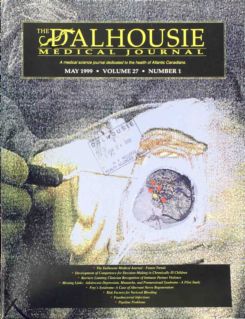Fusobacterial Infections
DOI:
https://doi.org/10.15273/dmj.Vol27No1.4357Abstract
Anaerobic, Gram-negative bacilli of the genus Fusobacterium have been implicated in the etiology, pathophysiology, and complications of several diseases, including periodontal diseases, Lemicrre‘s syndrome, tropical skin ulcers, and intraamniotic infections (IAI). As part of the normal flora of the oral cavity, female genital tract, and gastrointestinal tract, fusobacteria have a number of natural entry points to cause disease. F. nucleatum plays a critical role in the development of periodontal diseases by acting as a microbial bridge between early and late (pathogenic) colonizers of the oral tissues. F. necrophorum is the causative agent of Lemierre‘s syndrome, a rare infection that can have devastating effects on the joints, lungs, and central nervous system. A variety of fusobacteria have been implicated in the development of tropical skin ulcers, which continue to cause significant debility in regions of the tropics. Fusobacteria have been associated with a significant proportion of preterm low birth weight infants due to IAI. Morbidity and mortality may result from IAI. and the incidence of IAI has not decreased in recent years. Typically, antimicrobial drugs provide effective treatment of fusobacterial infections, which can affect people of all age groups.
Downloads
How to Cite
Issue
Section
License
Authors who publish with this journal agree to the following terms:
- Authors retain copyright and grant the journal right of first publication with the work simultaneously licensed under a Creative Commons Attribution License that allows others to share the work with an acknowledgement of the work's authorship and initial publication in this journal.
- Authors are able to enter into separate, additional contractual arrangements for the non-exclusive distribution of the journal's published version of the work (e.g., post it to an institutional repository or publish it in a book), with an acknowledgement of its initial publication in this journal.
- Authors are permitted and encouraged to post their work online (e.g., in institutional repositories or on their website) prior to and during the submission process, as it can lead to productive exchanges, as well as earlier and greater citation of published work (See The Effect of Open Access).


